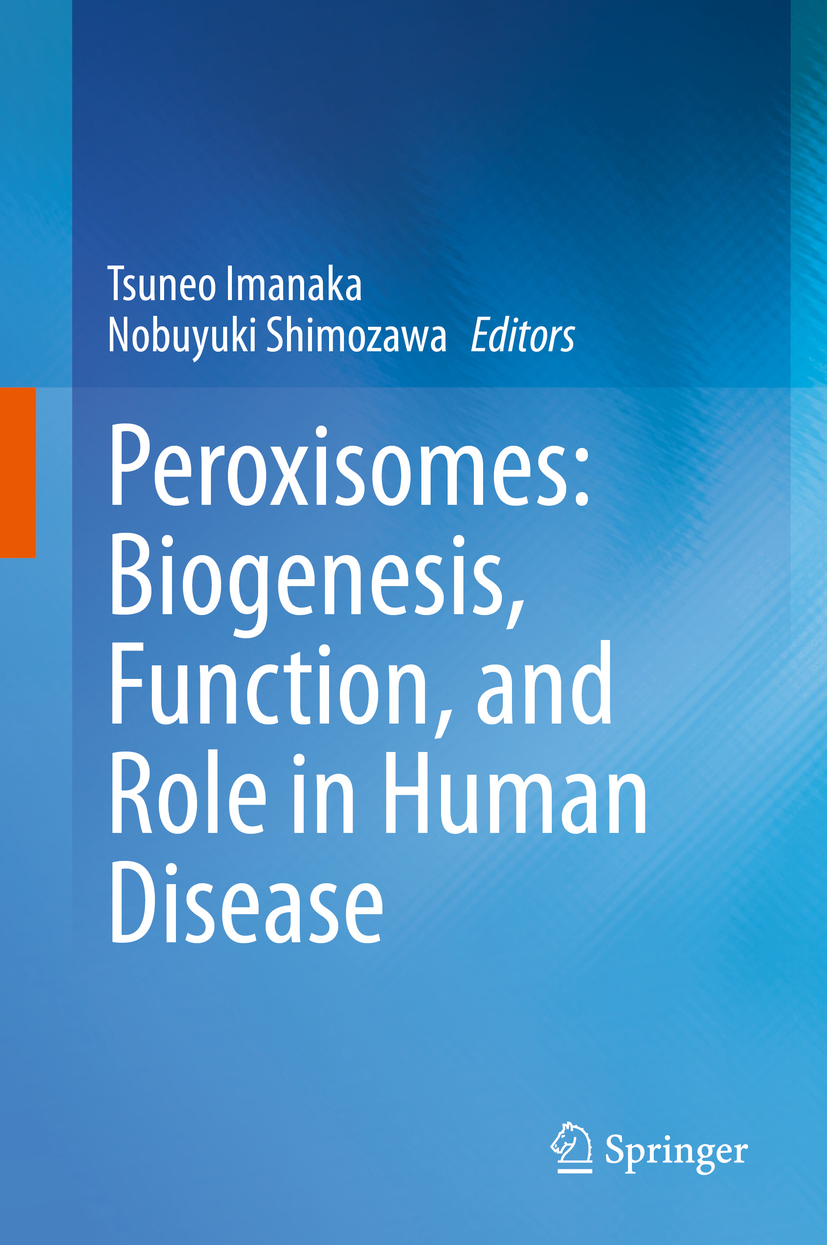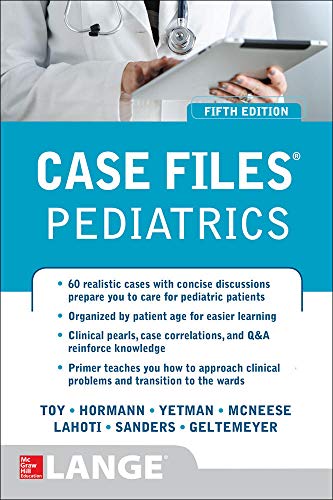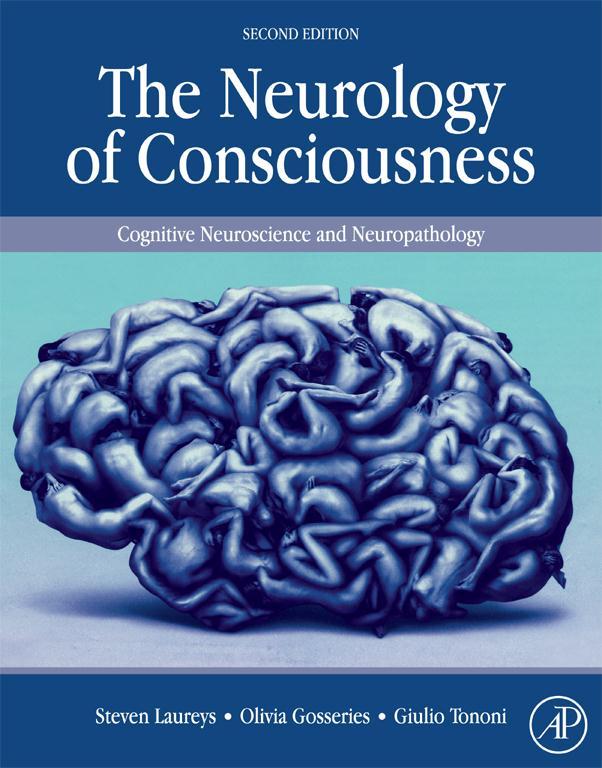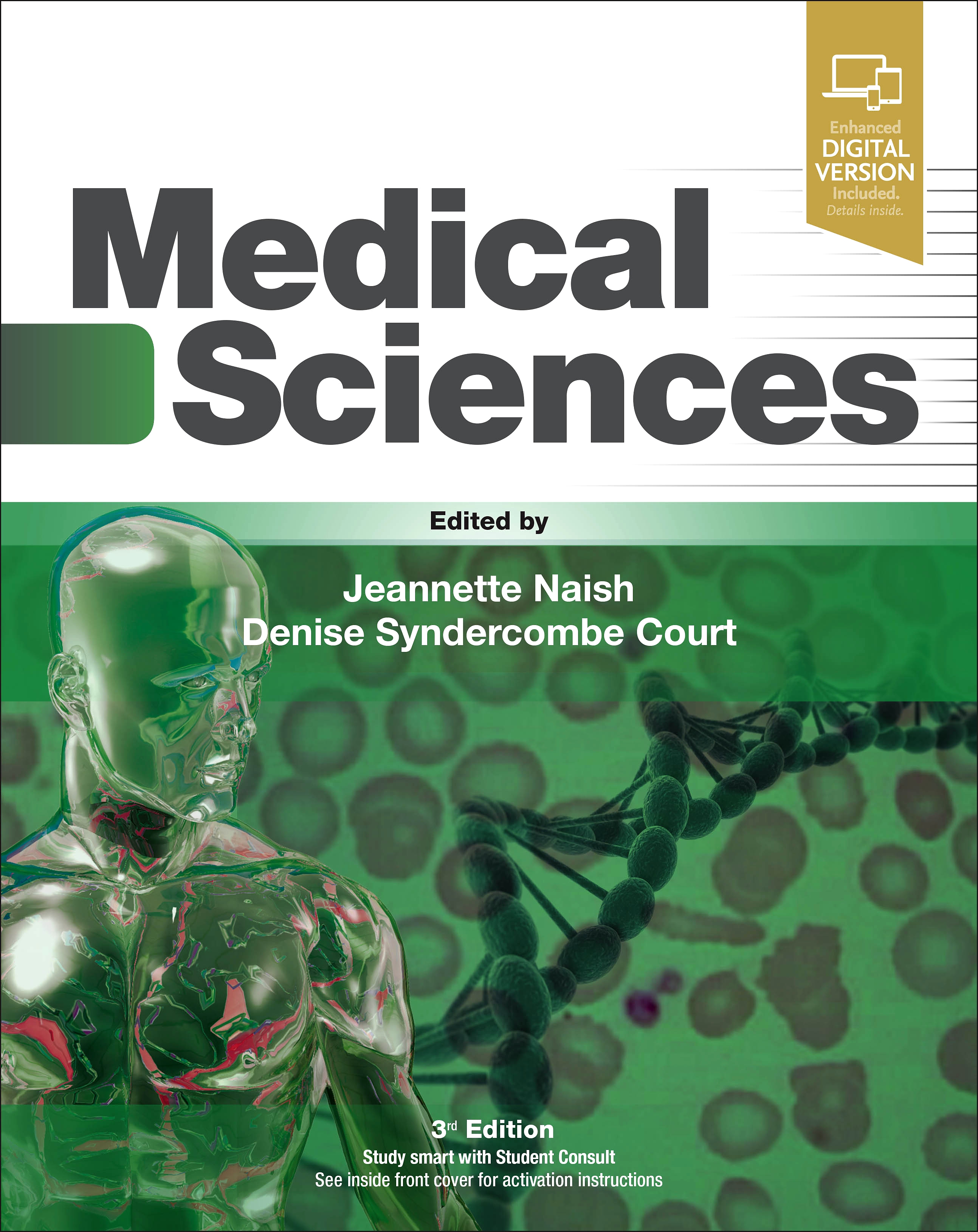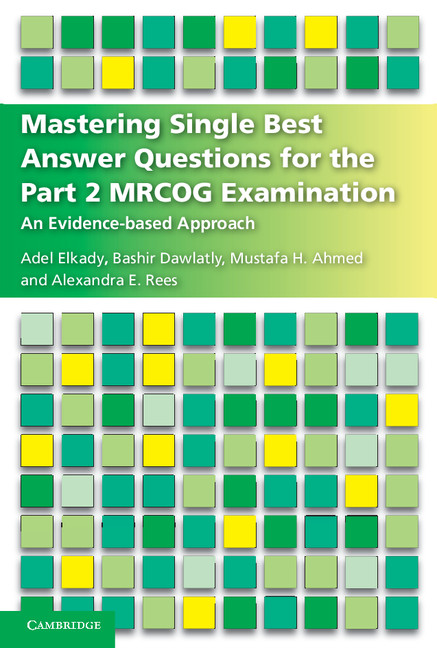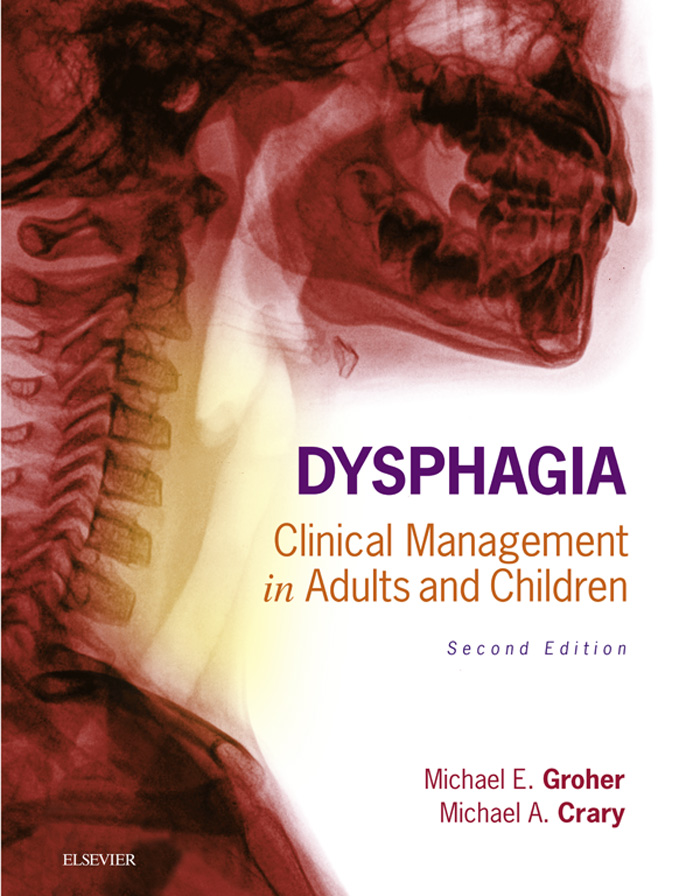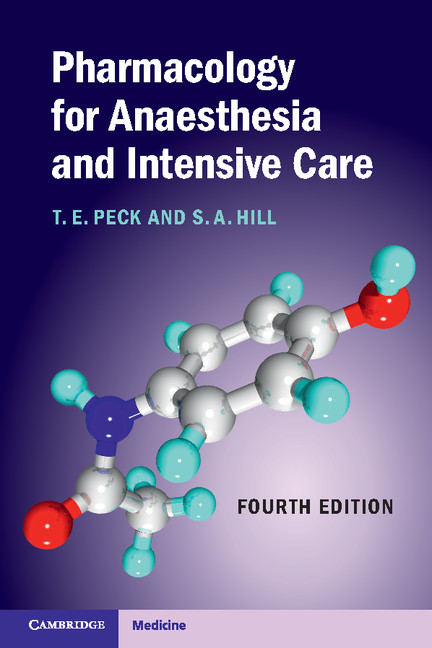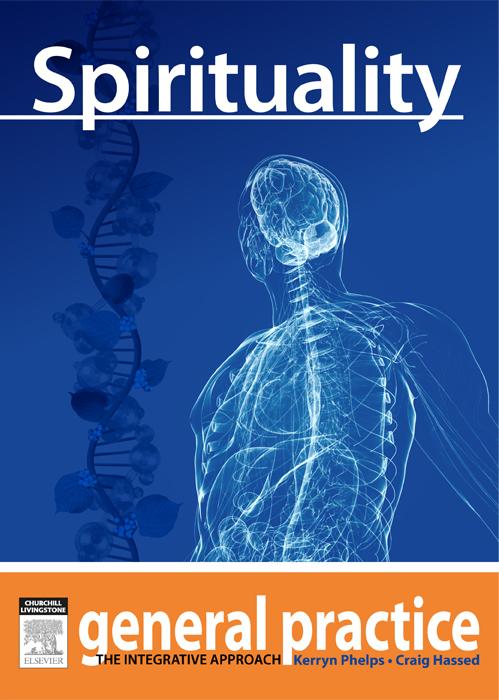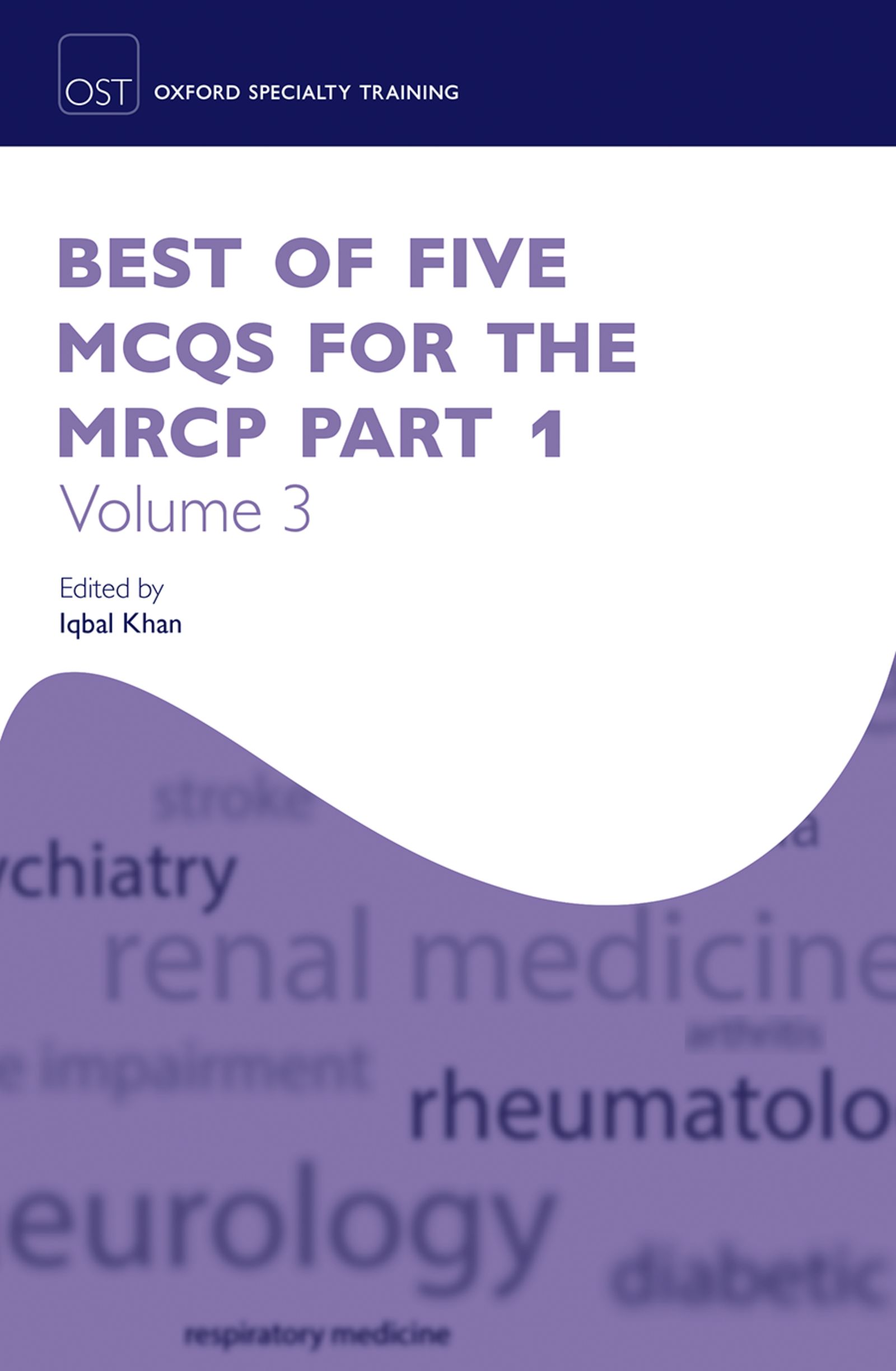Peroxisomes
by Norbert Latruffe
2020-05-28 19:05:40
Discovered and first isolated in 1966 in C. De Duve'slaboratory, peroxisomes - organelles which are present innearly all eukaryotic cells - are still not fullyunderstood.More than 40 peroxisomal enzymes catalyzing a variety ofreactions have been char...
Read more
Discovered and first isolated in 1966 in C. De Duve'slaboratory, peroxisomes - organelles which are present innearly all eukaryotic cells - are still not fullyunderstood.More than 40 peroxisomal enzymes catalyzing a variety ofreactions have been characterized. Moreover, peroxisomes canbe regarded as toxicological indicators: several compounds,including hypolipemic drugs, plasticizers or pesticidestrigger their proliferation. This proliferation may leadto hepatocarcinogenesis in rodents.Interest in peroxisomes stems not only fromtheir biology,but also because there is a deficiency of peroxisomalfunctions in several genetic diseases. Some genes involvedin inborn errors of peroxisomal function have recently beenidentified.In this manual, based on a FEBS Advanced Course onperoxisomes, protocols on the following topics are describedin detail: Isolation and characterization of peroxisomes byultracentrifugationand immunoblotting; gene regulationstudied by mRNA isolation, hybridizationand DNA celltransfection; use of cell lines as peroxisome proliferatortargets; transformation with retrovirus; peroxisomes astoxicological markers; cytochrome P450 induction; drugdesign and computer analysis of ligand/receptor interactioninvolved in peroxisomal gene expression.
Less


